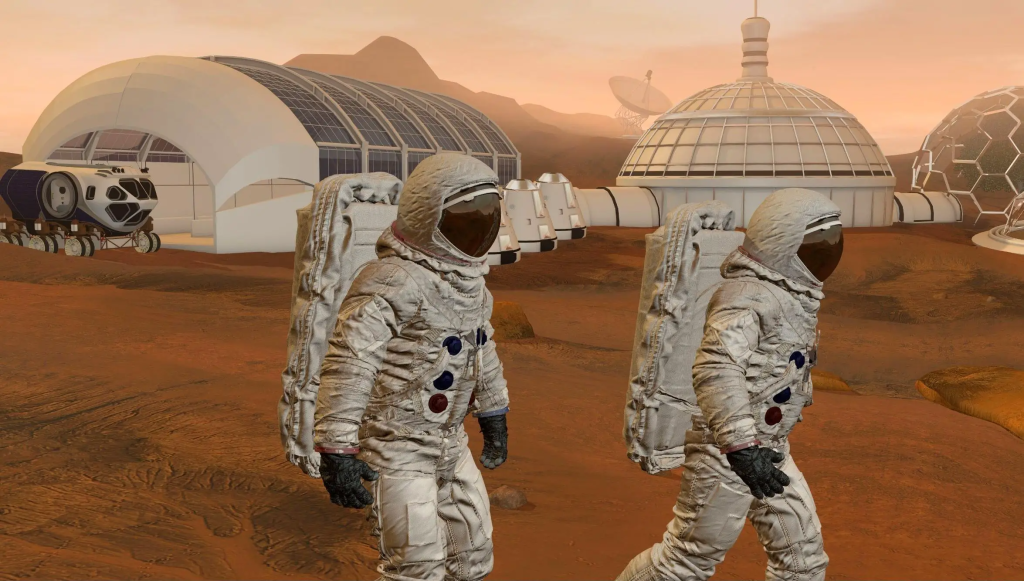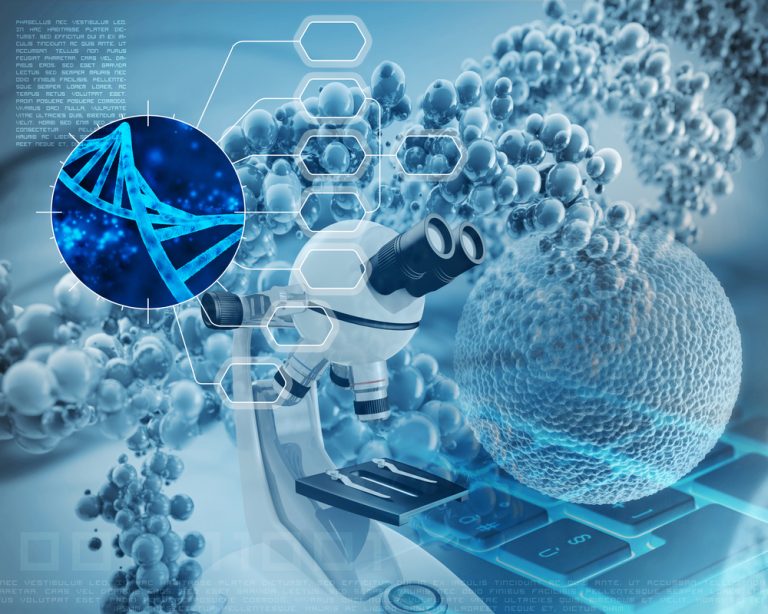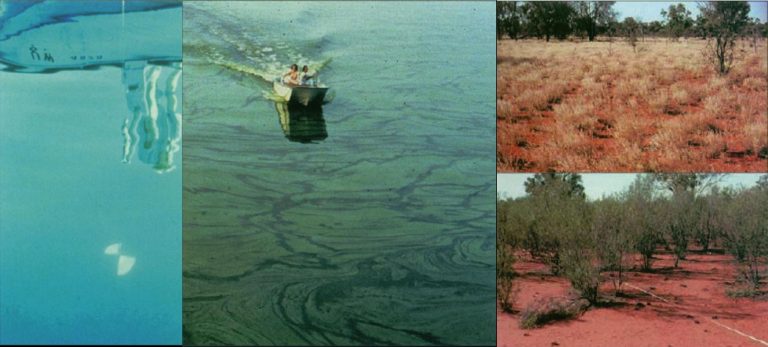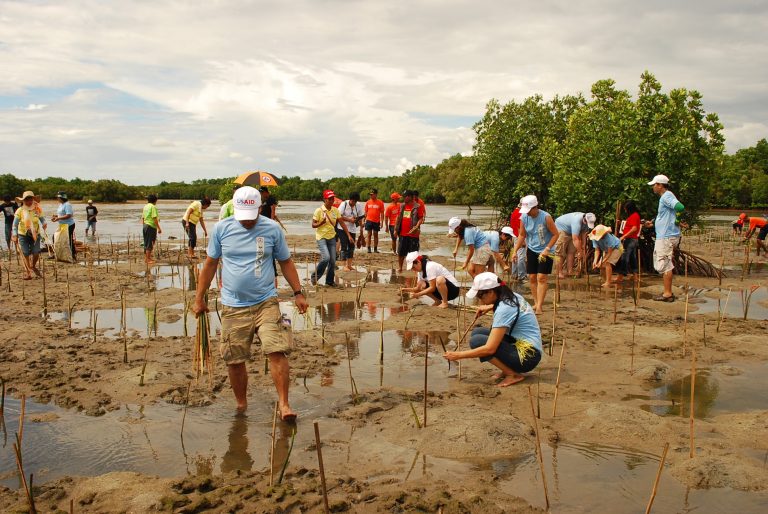Mars Colonization: Technological Hurdles and Solutions

Mars has emerged as the next frontier in the quest for human expansion beyond our home planet. Colonizing Mars, however, comes with a unique set of technological hurdles that must be overcome to make this dream a reality. This article delves into the key challenges and innovative solutions that pave the way for Mars colonization.
The Martian Challenge: Gravity and Its Implications
Gravitational Dilemma
One of the foremost challenges in Mars colonization is the significant difference in gravity compared to Earth. Mars has only about 38% of Earth’s gravity, which can profoundly affect the human body. Prolonged exposure to low gravity can result in muscle and bone degeneration, cardiovascular issues, and even vision impairment.
Solution: Artificial Gravity
Scientists are exploring creating artificial gravity within Mars habitats to address this concern. Rotating spacecraft and living quarters can simulate gravity, mitigating the adverse effects of prolonged weightlessness.
The Life-Sustaining Conundrum: Water and Food
Water Scarcity
Mars is a lonely, arid planet with no readily available liquid water on its surface. This poses a significant challenge for sustaining human life.
Solution: Water Recycling and Extraction
To combat this issue, cutting-edge technology is being developed to extract water from the Martian soil and atmosphere. Additionally, water recycling systems within habitats will ensure minimal water wastage.
Food Production
Growing food on Mars is also daunting due to the harsh environment and lack of fertile soil.
Solution: Hydroponics and Aeroponics
Hydroponic and aeroponic systems are being employed to cultivate crops in controlled environments. These innovative methods use nutrient-rich solutions and minimal water, making them ideal for Martian agriculture.

The Shielding Imperative: Radiation Protection
Radiation Hazard
Mars lacks a protective magnetic field and a thick atmosphere, exposing its surface to higher cosmic and solar radiation levels.
Solution: Habitat Shielding
Future Mars habitats will incorporate advanced radiation shielding materials to safeguard colonists from harmful radiation. These materials will be strategically placed on the walls and roofs of living quarters.
The Energy Dilemma: Powering Mars Habitats
Solar Dependency
Mars receives only about half Earth’s sunlight, making solar power generation less efficient.
Solution: Nuclear Power
Nuclear reactors designed for Mars will be deployed to ensure a stable and constant power supply. These reactors will provide energy for heating, electricity, and life support systems.
Conclusion: Navigating the Path Ahead
Mars colonization is an ambitious endeavor that demands innovative solutions to surmount its technological challenges. By addressing the issues of gravity, water, food, radiation, and energy, humanity is taking significant strides toward making life on the Red Planet a reality. The journey to Mars is not without its hurdles, but with relentless dedication and cutting-edge technology, we inch closer to the day when humans will proudly call Mars their second home.







+ There are no comments
Add yours